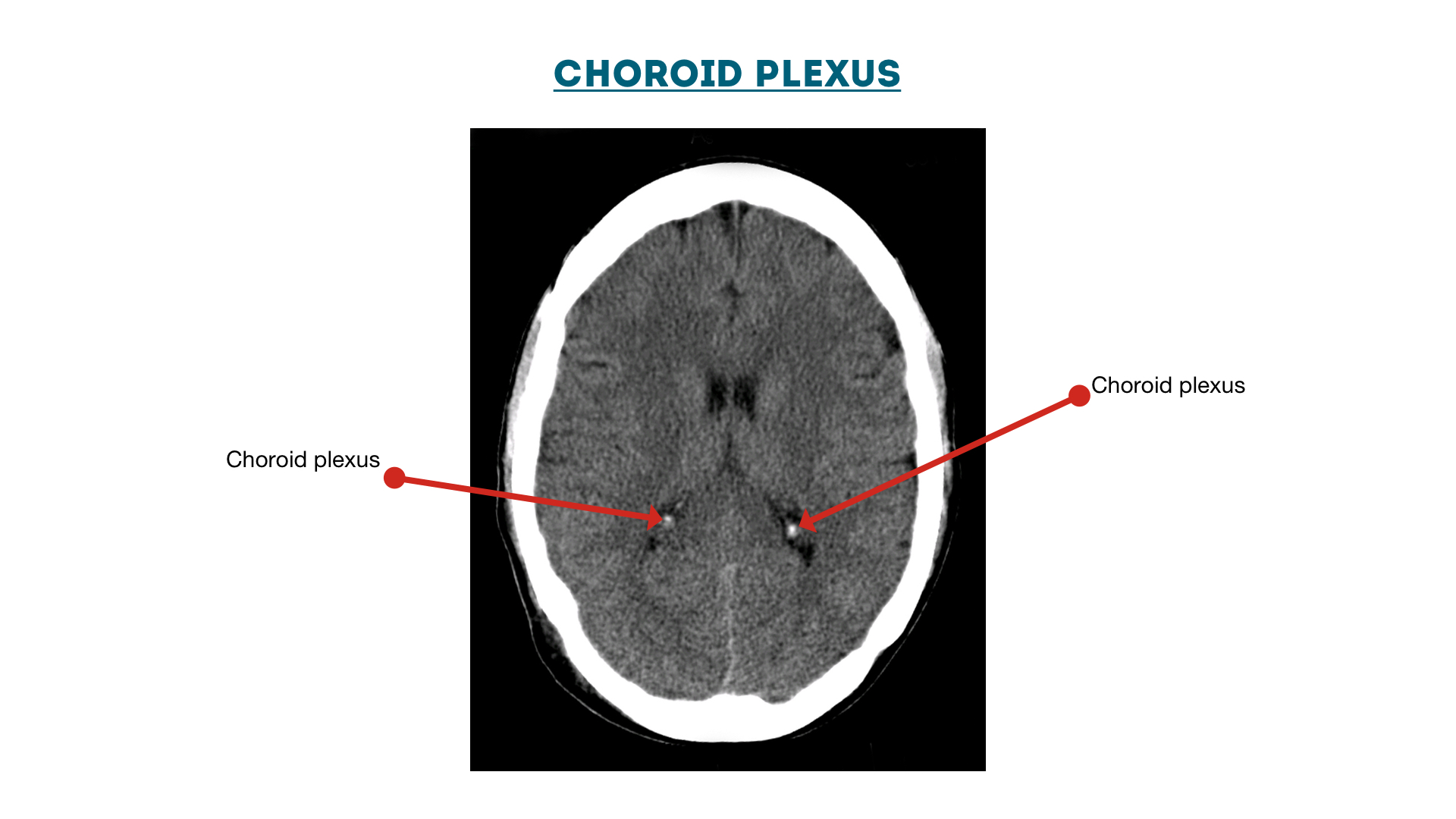
Second is the identification of the metastatic lesion before the primary tumor is diagnosed. In recent years, the metastatic behavior of HCC has shown two interesting new features: First is the spread to unusual sites such as soft tissue, the maxillary sinus, the orbit, and the brain. Prognosis of patients with distant metastases from HCC is unfavorable with a median survival time after diagnosis of 6.7 months. Įxtrahepatic metastatic spread of HCC occurs in about 50% of cases, most often to the lungs, lymph nodes, and bones.

HCC is more common in males than in females for unknown reasons. The incidence of HCC in the US and other developing countries is increasing due to an increase in hepatitis C virus infections although new and very effective treatments have become available and NASH as well as immigration of individuals who are chronic carriers of HBV. The vast majority of HCC occurs in Asia and sub-Saharan Africa, in countries where hepatitis B infection is endemic and many are infected from birth. As with any cancer, the treatment and prognosis of HCC vary depending on the specifics of tumor histology, size, how far the cancer has spread, and overall health. With the rise of obesity rates worldwide, HCC based on nonalcoholic steatohepatitis (NASH) has become a major concern in public health. It occurs in the setting of chronic liver inflammation and is most closely linked to chronic viral hepatitis infection (hepatitis B or C) or exposure to toxins such as alcohol or aflatoxin. Hepatocellular carcinoma (HCC) is the most common type of primary liver cancer in adults and is the most common cause of death in people with cirrhosis.
#Which is right and left on sagittal ct skull skin
Cranial metastases of HCC are rare but should be considered in patients with chronic hepatitis C presenting with scalp skin lesions. Outcome was acceptable but baseline liver disease is a limiting factor. Surgery was the preferred treatment with chemotherapy and radiation being other options. Median age of the patients was 58 years with 95% being male and 35% having viral hepatitis. Seventeen similar cases were found in the literature. The lesion was ultimately resected, but the patient died within one week from liver failure. He presented with an erosive lesion masquerading as a scalp lipoma resulting in hepatocellular carcinoma with retrograde reflux and sinus metastases. This patient had HCC based on chronic hepatitis C. A literature review with regard to HCC skull metastasis was undertaken. We present a case of solitary skull metastasis as the first symptom of HCC. The lungs, bone, and lymph nodes are frequent sites of metastasis of HCC.

HCC is the most common cause of death in people with cirrhosis. Hepatocellular carcinoma (HCC) most commonly develops in patients with liver cirrhosis caused by hepatitis C and B virus.


 0 kommentar(er)
0 kommentar(er)
